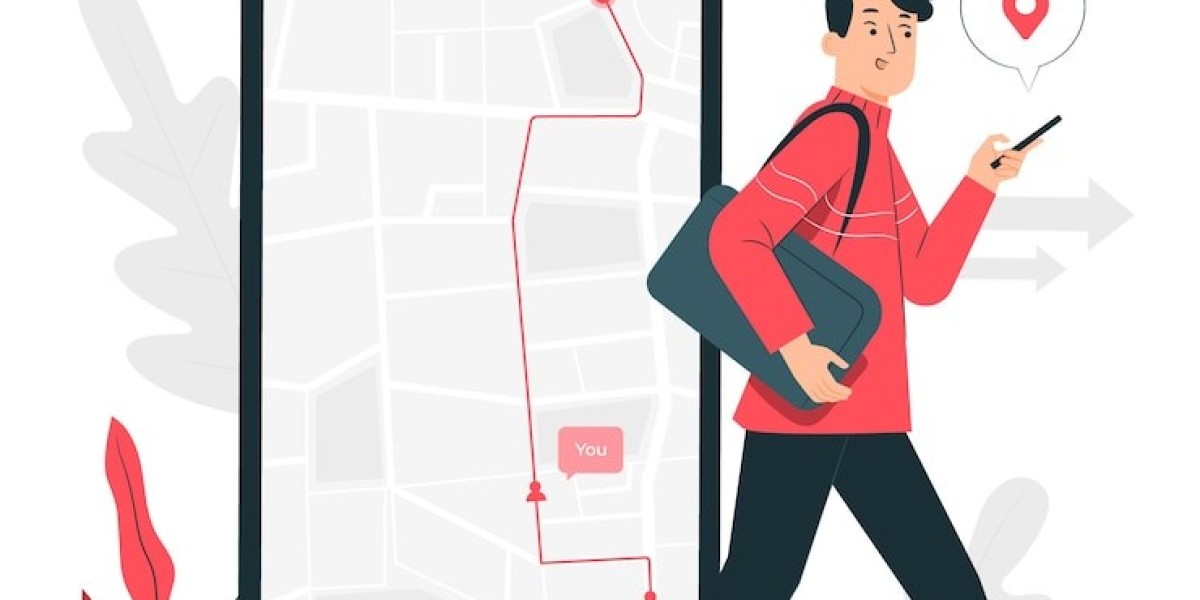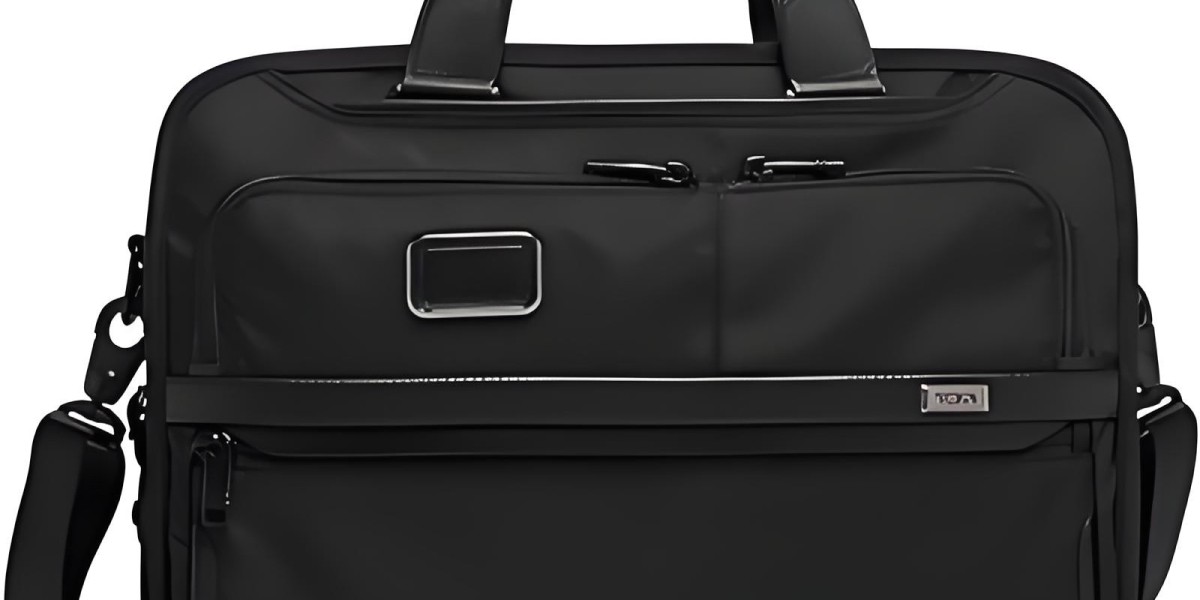Waze, the popular navigation app, has become a major player in transforming local advertising. With over 140 million active users worldwide, Waze goes beyond typical GPS navigation to offer a dynamic platform for advertising. As people increasingly rely on Waze to get from point A to point B, local businesses have found a unique way to connect with customers on the move. This blog will delve into how the Waze business model impacts local advertising trends and what businesses can learn from its approach.
Understanding the Waze Business Model
A Navigation Platform with an Advertising Twist
Waze is known for its community-based model, where users contribute real-time data on traffic, accidents, and other driving conditions, which are then shared with other drivers. But its business model goes beyond navigation. Waze’s revenue primarily comes from local advertising, using in-app ads to guide drivers toward nearby businesses like restaurants, gas stations, and retail stores. This model is particularly appealing for small businesses seeking targeted advertising with measurable impact.
Focused on User Experience
While generating revenue through ads, Waze maintains a strong focus on user experience. Its ads are designed to be non-intrusive, appearing only when the car is stopped or when a driver actively searches for a destination. This approach minimizes distractions and ensures the app remains safe to use while providing advertisers with valuable visibility.
Key Components of Waze’s Advertising Model
Pin Ads and Sponsored Locations
Waze’s Pin Ads are digital icons that appear on the map to highlight a business's location. When a driver approaches, a small icon pops up, alerting them to a nearby place they might find useful. Sponsored Locations, on the other hand, let businesses promote their locations on the map as drivers navigate, with options to offer deals, showcase branding, and even link to driving directions.
This advertising method is particularly effective for local businesses, as it targets people who are actively on the move and might be looking for nearby services. It helps drive foot traffic by engaging customers within a specific geographic area, offering a real-time advantage over traditional advertising methods.
Zero-Speed Takeover Ads
Another unique advertising format is the Zero-Speed Takeover, which shows full-screen ads when a driver is stopped. This non-intrusive ad format is strategically placed to grab the driver's attention without compromising safety. Businesses can use Zero-Speed Takeovers to display time-sensitive promotions, special offers, or brand messages. These ads are particularly effective because they appear only when the user’s attention is available, providing a high impact without interrupting the navigation experience.
Search Ads and Promoted Search Results
When Waze users search for a specific location or business category, they may see ads for promoted businesses at the top of their search results. These ads function similarly to sponsored search ads on Google, giving businesses visibility among drivers actively looking for particular services or destinations. For example, a driver searching for a "coffee shop" may see a promoted local coffee shop pop up as a top suggestion, which is a powerful way to reach potential customers directly.
How Waze’s Model Impacts Local Advertising Trends
Hyperlocal Targeting Capabilities
Waze has revolutionized local advertising by offering highly targeted ads based on a driver’s location. This hyperlocal targeting means that businesses can focus their advertising budgets on a specific area, reaching customers who are within a reasonable distance of their storefronts. This trend is particularly appealing for small and medium-sized businesses that may not have the resources for broad advertising campaigns but can still attract foot traffic from nearby customers.
By leveraging this trend, advertisers can tailor their messaging to the needs of drivers within proximity, maximizing the relevance and potential impact of their ads.
Real-Time, Contextual Advertising
The real-time nature of Waze advertising allows businesses to deliver contextual messages when users are likely to act on them. For example, a restaurant can advertise special lunch deals that will only be shown during lunchtime or promote dinner discounts in the evening. This ability to deliver ads based on current conditions (like time of day or traffic) makes Waze advertising highly adaptable and context-sensitive.
This trend has inspired other advertising platforms to incorporate real-time targeting, and it’s becoming increasingly popular in local advertising. By capitalizing on the "right place, right time" approach, businesses can significantly increase ad relevance and engagement.
Measurable Advertising Impact
Another significant impact Waze has on local advertising trends is the platform’s ability to provide detailed metrics on ad performance. With Waze, businesses can measure the number of times their ads were seen, interacted with, and navigated to. These metrics allow local businesses to gauge the effectiveness of their ads and adjust their strategies accordingly.
This trend towards measurable advertising resonates well with the demands of today’s businesses, as they can make data-driven decisions and optimize ad spending for better ROI. The availability of real-time analytics has pushed other platforms to prioritize measurable, performance-driven advertising, as businesses seek more accountability from their advertising investments.
Advantages of Waze’s Advertising Model for Local Businesses
Increased Foot Traffic for Brick-and-Mortar Stores
One of the most prominent advantages of Waze’s advertising model is the ability to drive real-time foot traffic to brick-and-mortar stores. Unlike online-only advertising, which may lead to delayed or indirect interactions, Waze ads connect users with nearby businesses they can visit immediately. This aspect of Waze’s business model is especially valuable in an age where many consumers are shopping online, as it supports local businesses in attracting in-person customers.
Affordable Advertising for Small Businesses
Waze offers advertising options that cater to a variety of budgets, making it an affordable option for small businesses. Unlike large-scale digital campaigns that require substantial spending, Waze allows businesses to target customers within specific geographic locations without breaking the bank. This affordability has encouraged many small businesses to invest in digital advertising, marking a shift in local advertising trends.
Learning from Waze’s Model: Tips for Businesses
Emphasize Location-Based Marketing
Waze’s success illustrates the growing importance of location-based marketing. Businesses should focus on targeting customers based on their geographic location, as this can lead to higher engagement and conversion rates. By prioritizing location-specific advertising, businesses can capture nearby customers who are more likely to take immediate action.
Optimize Ads for Real-Time Relevance
Taking a cue from Waze’s real-time, context-based ads, businesses should aim to deliver timely and relevant messaging. Offering promotions that align with the customer’s current context (like time-sensitive offers) can boost engagement and encourage customers to act quickly. This approach to advertising keeps the customer’s needs front and center, leading to higher satisfaction and brand loyalty.
Conclusion
Waze’s innovative business model has reshaped local advertising by emphasizing hyperlocal targeting, real-time engagement, and measurable impact. As a navigation tool and advertising platform, Waze sets a standard for reaching consumers on the go. Businesses partnering with an on-demand app development company can draw insights from Waze’s approach to enhance their advertising strategies, optimize location-based marketing, and engage customers in meaningful ways.



